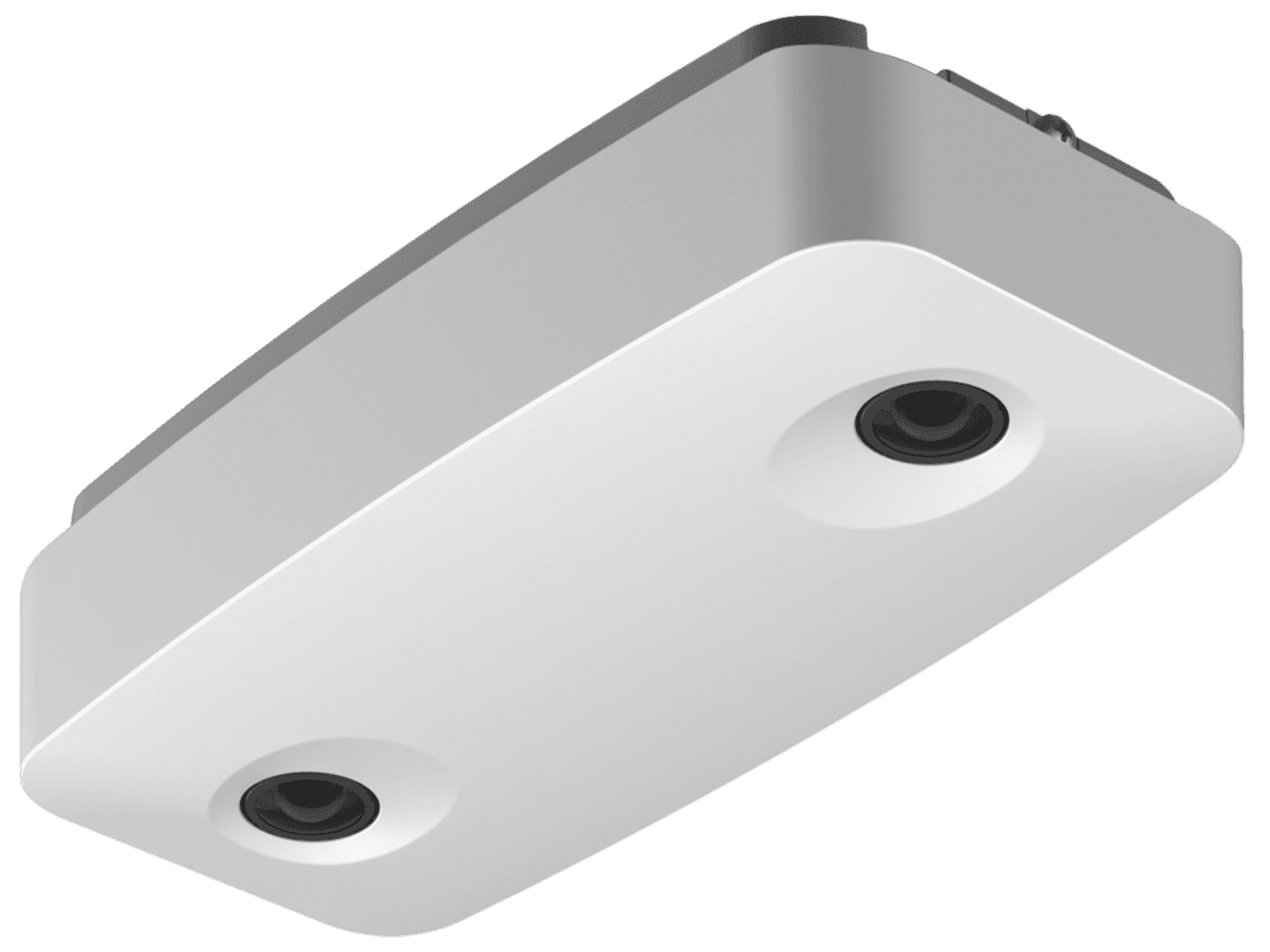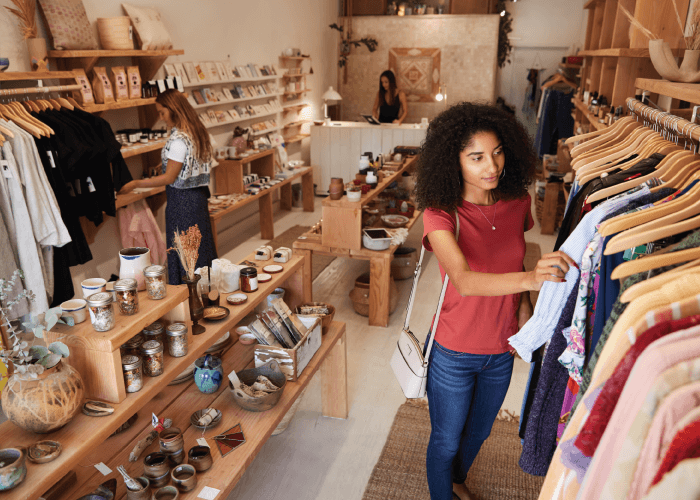5 Ways Occupancy Monitoring Will Boost Your Returns Process
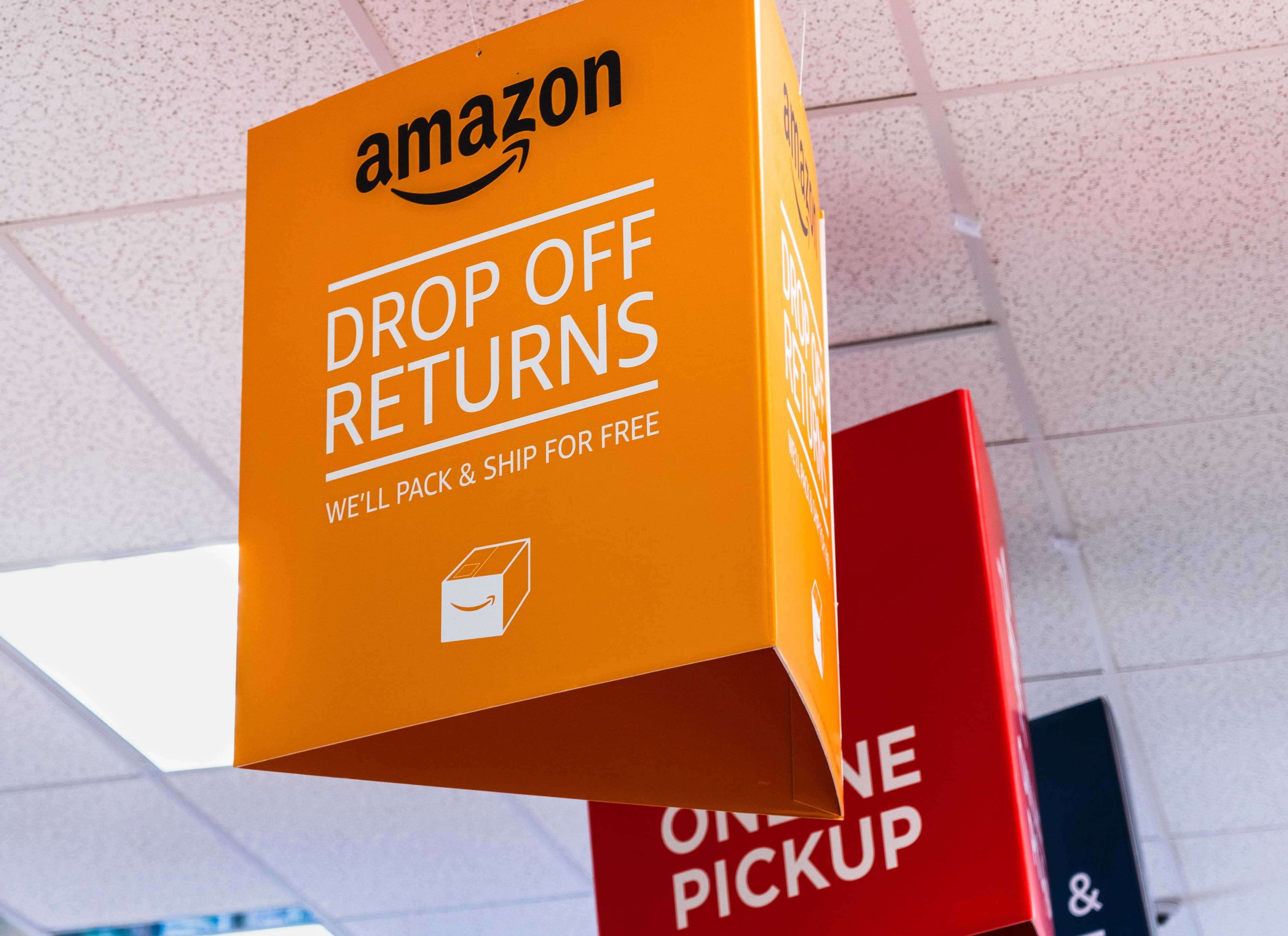
On this page
It’s that time of year again. The holiday returns season is upon us, and this year, many more shoppers have decided to send their purchases back. UPS, the largest private carrier by volume in the US, expects to handle more than 60 million return packages this year - that’s a 10% increase from last year. According to CBRE Supply Chain, holiday returns are expected to increase by 13% year-over-year, and 45.6% over the previous five-year average.
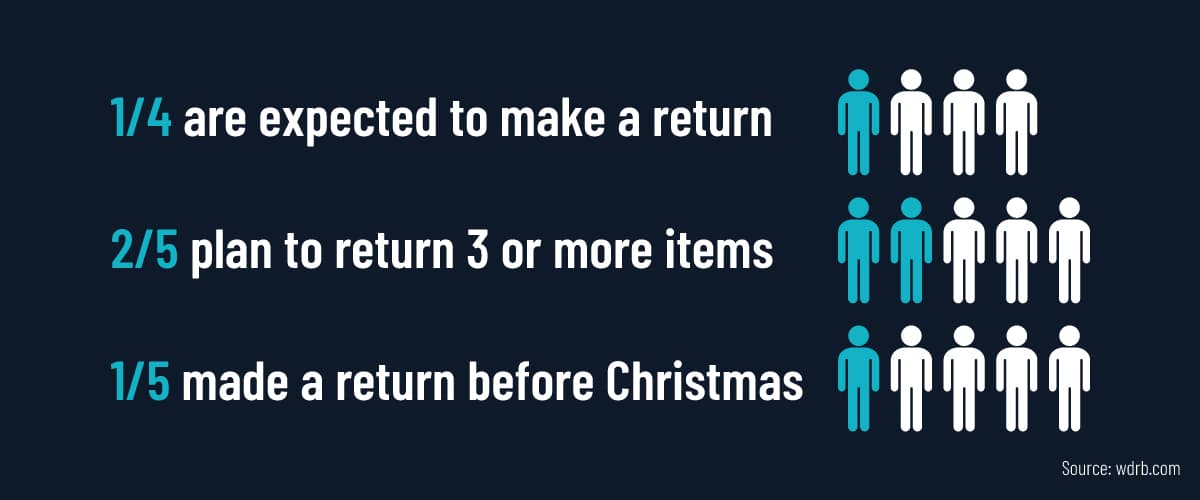
The increased number of returns is likely to be fuelled by the increased number of consumers who were forced into quick or unwanted purchases as a result of the limited categories and assortments available over the holiday season, due to the supply chain crunch and shipping delays.
READ MORE: Holiday Season Store Performance Results
Ultimately, these returns will cost retailers almost two-thirds the original price of the merchandise, when factoring in labor, transportation, and warehousing costs. To circumvent this, more retailers have encouraged ‘returns to store’ to reduce their absorption of the loss. Let’s take a look at how a multi-purpose solution, such as live occupancy monitoring, can help your brand deliver a safe, frictionless in-store returns experience, for both your customers and store associates, amid renewed concerns about the pandemic and ongoing staffing challenges from the labor shortage.
5 (Added) Benefits Of Occupancy Monitoring
At its core, occupancy monitoring involves the measurement of store traffic in counts, less traffic out counts over the course of each day. But occupancy solutions that implement conditional formatting of traffic data, as RetailNext does, provide a much wider scope of capabilities that include the ability to monitor live occupancy metrics in real-time, ensure compliance and communicate findings as well as integrate data with other technologies.
Here’s how your brand can use these key occupancy features to discover new opportunities that will optimize your business and boost your in-store returns process:
Create Safe Shopping Environments
Deliver Enhanced In-Store Experiences
Maximize Staff Scheduling & Placement
Increase Productivity
Drive Upselling During Returns
1. Create Safe Shopping Environments
Giving your customers peace of mind that you have provided a transparent, risk-free shopping environment for their in-store return will be the key to your brand’s success. And it’s easy to achieve with intuitive occupancy solutions. Simply integrate your store’s occupancy data with any end-user applications that will allow you to directly communicate the data with shoppers and provide them with visibility into occupancy metrics prior to their visits. For example, pair your stores’ occupancy data with digital signage to let your customers know whether it's a good time to enter your location, or display current store occupancy on your mobile or web application so customers can plan to arrive when the store isn't busy.
Your store associates will, meanwhile, rest assured that your brand continues to safeguard and prioritize their well-being (an important staff-relations by-product of both the Covid-19 pandemic and labor shortage). They will be empowered to identify when the store’s occupancy limit is approaching or has exceeded, and ensure course corrections are actioned to maintain the safety of both shoppers and staff. This includes keeping an eye out for social distancing, compliance with wearing masks (where applicable), ensuring shoppers are sanitizing before entering stores, etc. The power of this real-time data is strengthened when it can be accessed on the go, via a user interface or mobile application, and includes alerts to support staff agility.
Driving these efficiencies is critical in the eyes of your shoppers who take note of the brands that have prioritized their safety, and, will ultimately, help to avoid temporary store shutdowns.

2. Deliver Enhanced In-Store Experiences
It’s important to prioritize your returns process much the same way you would any important, high-volume day or season by making sure to identify and eliminate friction points in the customer's journey. This will be particularly critical for brands with a dedicated store for returns.
Creating a seamless and blended in-store experience is key as your customers' expectation, for a more digital experience in physical locations, continues to grow. A great way to achieve this with your returns process is by integrating in-store traffic data with a virtual queuing app such as YOOBIC. Through its partnership with RetailNext, many brick-and-mortar stores are able to enhance their in-store experience and reduce high-density occupancy levels by enabling customers to:
check live in-store occupancy levels at any location
select the store location where they’d prefer to shop or return merchandise
join the virtual waiting list or book an appointment to return merchandise
get a notification when it's their turn
For your store associates, the ability to forecast the next high occupancy period will allow them to ensure that all hands are on deck to serve customers requesting returns, open additional registers or demarcate separate queues for returns to speed up the process, and ensure sufficient staff is servicing curbside to avoid delays.
3. Maximize Staff Scheduling & Placement
We’ve established that occupancy monitoring is founded on the analysis of your stores’ traffic data, which should provide you with predictive shopper traffic trends to forecast peak hours and shopping behavior patterns. This is how an occupancy solution is able to predict upcoming high, or low, occupancy periods.
But by integrating workforce management with your traffic data, you can also identify how to schedule your store associates according to traffic power hours. With your occupancy data and staffing data in hand, you will be able to add staff for a forecasted high occupancy period and remove staff when there’s low occupancy yet conversion remains stable.
Your traffic data should also quantify where shoppers are spending more or less of their time in-store. If your returns process includes a designated kiosk, consider placing it in low trafficked areas of the store for a friction-free experience. Additionally, you can use this data to ensure that your store associates are placed in the right areas of the store to serve customers.
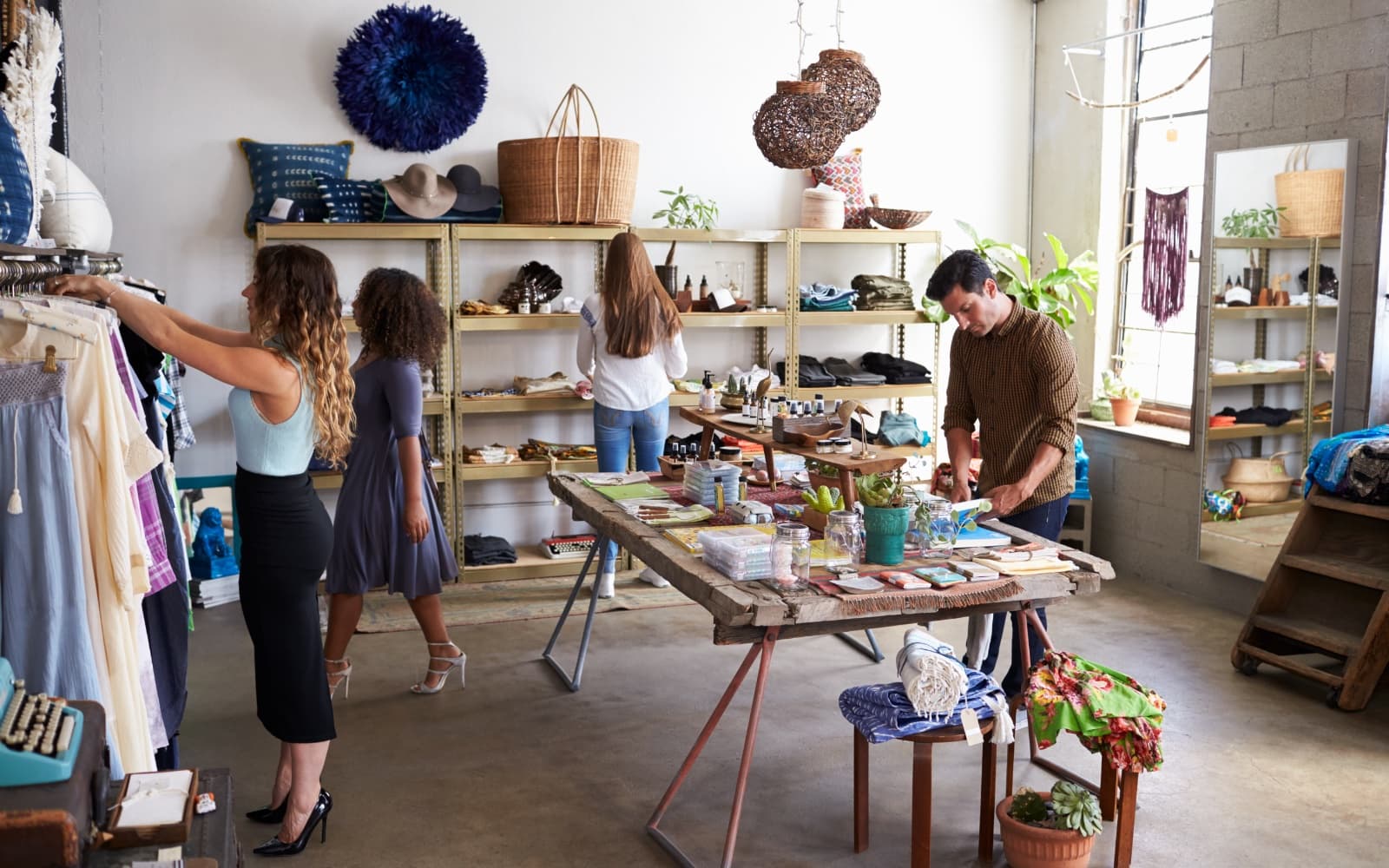
4. Increase Productivity
With your staff scheduling and placement correctly aligned to your traffic power hours, you can also maximize productivity by allowing stores to play out their day and week. During low occupancy periods, you can factor in non-selling activities, such as the remerchandising of returned products which will be critical to driving sales and recouping losses.
Low occupancy periods are also a great time for your staff to schedule appointments for returns received via end-user applications such as your brand's mobile app or virtual queuing apps. Other non-selling activities that can be scheduled during low occupancy include restocking, cleaning, and even staff breaks.
Optimizing your staff productivity will also be key to leveraging efficient, alternative return-to-store methods, such as contactless curbside returns and return kiosks, which Nordstrom is making use of. Introducing traffic data with AI predictions will enable your stores to determine how long it takes to fulfill returns, and how many associates are needed.
5. Drive Upselling During Returns
Did you know that 71% of in-store returns result in purchases? (Optoro). By creating an efficient and well-staffed in-store returns process, your brand can look to also recover a portion of the loss through effective upselling. Encourage more 1:1 staff-customer interactions during low occupancy periods, to increase ATV and UPT, when processing a return.
Use the off-peak periods to also prepare your store associates for upselling, while processing a return, to deliver a powerful, personalized experience:
Shortlist popular replacement items.
Provide responses to common customer objections.
Share learnings.
LEARN MORE ABOUT OCCUPANCY TODAY
Updated on 2 October 2025.
About the author:

Judith Subban, Marketing Communications Manager, RetailNext

